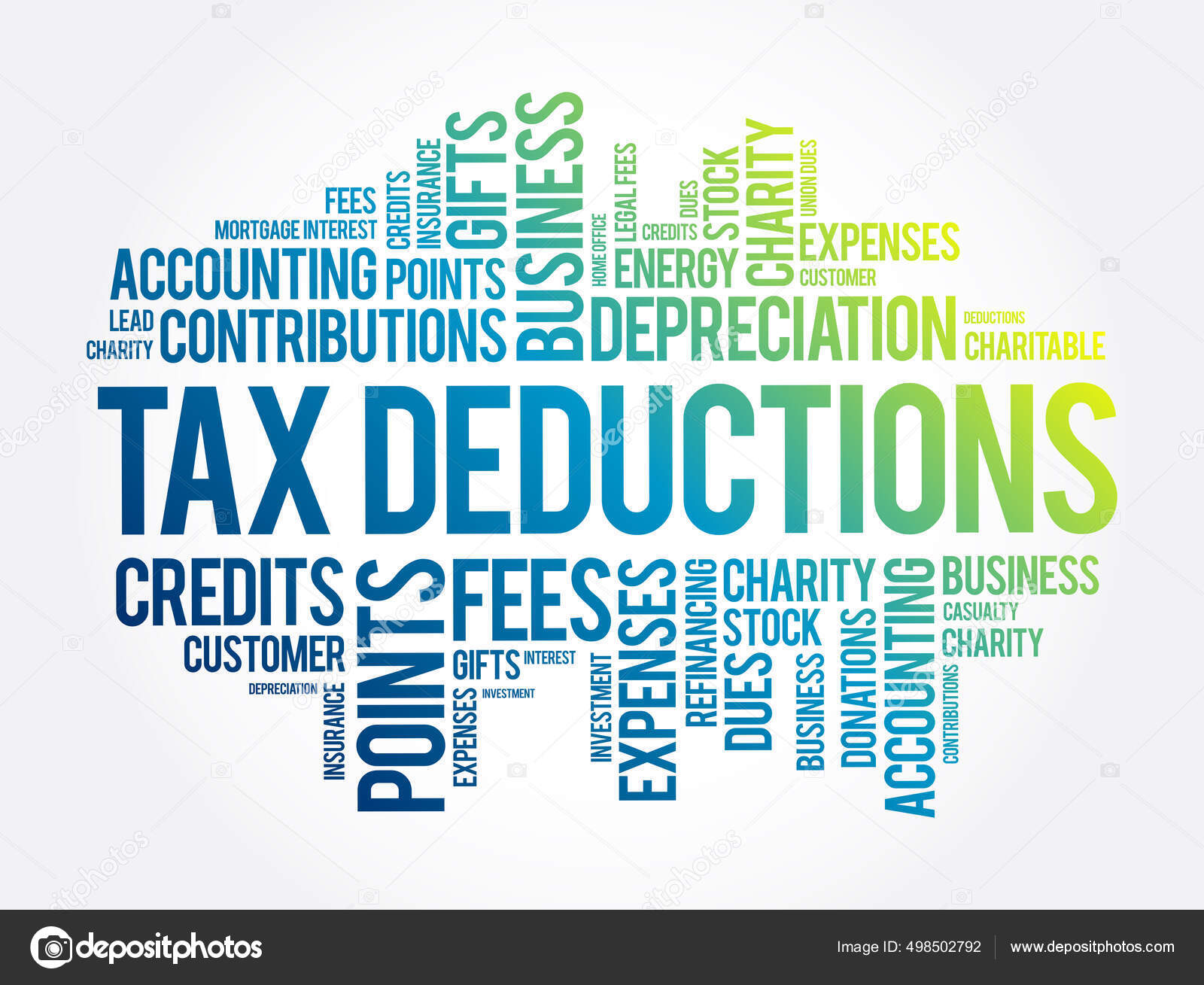With most overlooked tax deductions for freelance graphic designers at the forefront, this paragraph opens a window to an amazing start and intrigue, inviting readers to embark on a storytelling formal and friendly language style filled with unexpected twists and insights.
This article delves into the world of tax deductions specifically tailored for freelance graphic designers. By exploring commonly missed deductions, maximizing home office deductions, and strategies for tracking expenses, freelancers can uncover valuable insights to optimize their financial savings.
Commonly Overlooked Tax Deductions for Freelance Graphic Designers
As a freelance graphic designer, it’s crucial to take advantage of all possible tax deductions to maximize your financial benefits. Many freelancers often overlook certain deductions that can significantly reduce their tax liability and increase their overall savings. Let’s explore some of the commonly missed tax deductions for freelance graphic designers and how they can make a difference in your finances.
Office Expenses
Freelance graphic designers can deduct expenses related to their home office, such as rent, utilities, internet, and office supplies. To be eligible for this deduction, you must have a dedicated space in your home used exclusively for business purposes. Keeping detailed records of these expenses is essential to claim them accurately.
Software and Tools
The cost of software, design tools, and subscriptions necessary for your graphic design work can also be deducted. Whether it’s Adobe Creative Cloud, design plugins, or project management tools, these expenses are considered essential for your business operations. Be sure to keep receipts and invoices to substantiate these deductions.
Professional Development
Investing in your professional development, such as attending workshops, conferences, or online courses related to graphic design, is another deductible expense. Keeping your skills up-to-date not only benefits your business but also allows you to claim these expenses on your tax return. Make sure to document the educational nature of these activities for proper deduction.
Marketing and Advertising
Any expenses incurred for marketing and advertising your graphic design services, including website hosting, business cards, online ads, and promotional materials, can be deducted. These costs are essential for attracting clients and growing your freelance business. Keep track of all marketing expenses to claim them accurately.
Travel Expenses
If you travel for client meetings, industry events, or other business-related purposes, you can deduct the costs of transportation, lodging, and meals. Whether it’s a local commute or a business trip, these expenses are considered legitimate deductions for freelance graphic designers. Be sure to keep records of your travel expenses to support your deductions.
Maximizing Home Office Deductions
Freelance graphic designers can take advantage of home office deductions to lower their taxable income. This deduction allows you to claim expenses related to the portion of your home used exclusively for business purposes.
Calculating Home Office Space Percentage
To calculate the percentage of your home used for work, divide the square footage of your home office by the total square footage of your home. Multiply this percentage by your home-related expenses, such as rent, mortgage interest, utilities, and insurance, to determine the deductible amount.
- Keep detailed records of your home office expenses, including bills and receipts, to support your deduction claim.
- Use a simplified method provided by the IRS, which allows you to deduct $5 per square foot of home office space, up to a maximum of 300 square feet.
- Ensure that your home office space is used exclusively for work to qualify for the deduction.
Requirements and Pitfalls
It’s important to meet the IRS requirements for claiming home office deductions, such as using the space regularly and exclusively for business and it being your principal place of business.
- Be cautious of claiming too high a percentage of your home for business use, as this could raise red flags during an audit.
- Understand the rules around depreciating the portion of your home used for business to avoid potential pitfalls.
- Consult a tax professional to ensure you are maximizing your home office deductions while staying compliant with IRS regulations.
Strategies for Tracking and Documenting Expenses
Effective tracking and organizing of business expenses are crucial for freelance graphic designers to ensure accurate tax reporting and maximize deductions. Maintaining detailed records throughout the year is essential to avoid missing out on potential tax savings. Utilizing tools or software can help streamline the process and make it more efficient.
Utilizing Accounting Software
One effective method for tracking expenses is to use accounting software specifically designed for small businesses and freelancers. These tools allow you to categorize expenses, capture receipts digitally, and generate reports for tax purposes.
Creating a Dedicated System
Establishing a dedicated system for organizing receipts, invoices, and other financial documents can also help freelance graphic designers stay on top of their expenses. This can include physical folders, digital folders, or cloud-based storage solutions.
Utilizing Mobile Apps
Mobile apps designed for expense tracking can be convenient for freelance graphic designers who are always on the go. These apps allow you to snap photos of receipts, track mileage, and categorize expenses in real-time.
Ending Remarks
As we wrap up our discussion on tax deductions for freelance graphic designers, it’s clear that being mindful of overlooked deductions and implementing effective tracking strategies can significantly impact your bottom line. By incorporating these tips into your financial planning, you can navigate tax season with confidence and maximize your savings potential.
